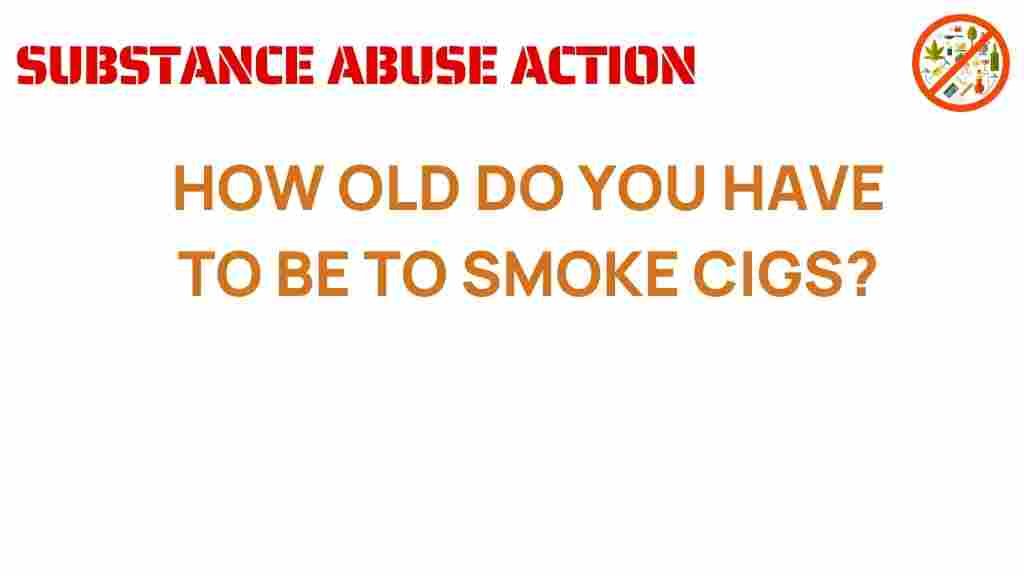Understanding the Smoking Age and Cigarette Laws
In recent years, the landscape of smoking age regulations and cigarette laws has undergone significant changes. With a growing awareness of the health risks associated with tobacco use, particularly among youth, many governments are tightening regulations to prevent addiction and promote public health. This article will provide comprehensive insights into the current state of cigarette laws, the implications for youth smoking, and the importance of addiction prevention.
The Importance of Tobacco Regulations
Tobacco regulations play a crucial role in protecting public health. By establishing a legal age for purchasing tobacco products, these laws aim to reduce youth smoking rates and minimize the long-term effects of nicotine addiction. Here are some key points regarding tobacco regulations:
- Legal Age: The legal age for purchasing cigarettes varies by country and region but has been raised in many places to 21 years.
- Restrictions on Advertising: Many jurisdictions have implemented strict rules on how tobacco products can be marketed, particularly to young people.
- Public Smoking Bans: To protect non-smokers from secondhand smoke, many areas have instituted bans on smoking in public spaces.
The Current Smoking Age Regulations
The minimum smoking age is a pivotal aspect of cigarette laws. In the United States, for instance, the federal minimum age for purchasing tobacco products is 21, a regulation that took effect in 2019. This shift aims to curb youth smoking and reduce the likelihood of early nicotine addiction.
Other countries may have different regulations. For example:
- United Kingdom: The legal smoking age is 18.
- Australia: The legal age is also 18, with strict packaging and advertising laws.
- Canada: The legal age varies by province, typically ranging from 18 to 19.
Health Risks of Smoking
Understanding the health risks associated with smoking is essential for addiction prevention. Tobacco use is linked to a range of serious health issues, including:
- Lung Cancer: Smoking is the leading cause of lung cancer, accounting for approximately 85% of cases.
- Heart Disease: Smokers are significantly more likely to develop heart disease compared to non-smokers.
- Respiratory Issues: Chronic obstructive pulmonary disease (COPD) and emphysema are common among long-term smokers.
- Reduced Immune Function: Smoking compromises the immune system, making individuals more susceptible to infections.
The Impact of Youth Smoking
Youth smoking is a pressing public health concern. The earlier an individual begins to smoke, the higher the likelihood of developing a nicotine addiction. Key statistics include:
- Nearly 90% of adult smokers began smoking before the age of 18.
- Youth who smoke are more likely to engage in other risky behaviors.
- Preventing youth smoking can significantly reduce overall smoking rates in the population.
Strategies for Addiction Prevention
Preventing nicotine addiction, especially among youth, requires a multifaceted approach. Here are some effective strategies:
- Education and Awareness: Schools and communities should provide education about the dangers of smoking and the addictive nature of nicotine.
- Support Programs: Offering support to those trying to quit can help reduce smoking rates. This includes counseling and cessation programs.
- Community Engagement: Engaging local communities in tobacco control initiatives can foster a supportive environment for individuals trying to quit.
- Policy Advocacy: Advocating for stronger tobacco regulations can lead to more effective laws that protect youth.
Challenges in Tobacco Regulations
Despite the progress made in tobacco regulations, several challenges remain:
- Black Market Sales: The illegal sale of tobacco products remains a problem, making it easier for youth to access cigarettes.
- Marketing Tactics: Tobacco companies often find loopholes in advertising regulations, targeting young consumers through indirect methods.
- Social Influences: Peer pressure and social norms continue to play a significant role in youth smoking initiation.
Step-by-Step Process for Reducing Youth Smoking
Communities can implement a step-by-step approach to combat youth smoking effectively:
- Assess the Current Situation: Gather data on youth smoking rates and identify local trends.
- Engage Stakeholders: Involve parents, schools, health professionals, and local governments in discussions about smoking prevention.
- Develop a Comprehensive Plan: Create a plan that includes education, support, and advocacy for stronger laws.
- Implement Programs: Launch educational campaigns in schools and communities to raise awareness about the risks of smoking.
- Monitor Progress: Regularly assess the effectiveness of programs and adjust strategies as needed.
Troubleshooting Common Issues
While implementing tobacco regulations and smoking prevention programs, several common issues may arise:
- Lack of Engagement: If stakeholders are not engaged, consider hosting workshops or informational sessions to explain the importance of the initiative.
- Resistance to Change: Address concerns by presenting data and success stories from other communities that have successfully reduced youth smoking.
- Funding Limitations: Seek partnerships with local businesses or grant opportunities to fund smoking prevention programs.
Resources for Support
There are numerous resources available for those looking to combat youth smoking and support addiction prevention:
- American Lung Association – Offers resources and support for smoking cessation and prevention programs.
- Centers for Disease Control and Prevention (CDC) – Provides comprehensive information on tobacco regulations and public health initiatives.
Conclusion
The age of smoke is marked by evolving cigarette laws and a focused effort to protect public health by reducing youth smoking. Understanding the legal age for purchasing tobacco products, the health risks associated with smoking, and effective addiction prevention strategies are essential for communities. By implementing comprehensive tobacco regulations and fostering a supportive environment, we can work towards a future where smoking is no longer a prevalent issue among youth. For more information on tobacco regulations and public health, visit the World Health Organization website.
This article is in the category Prevention and created by SubstanceAbuseAction Team
